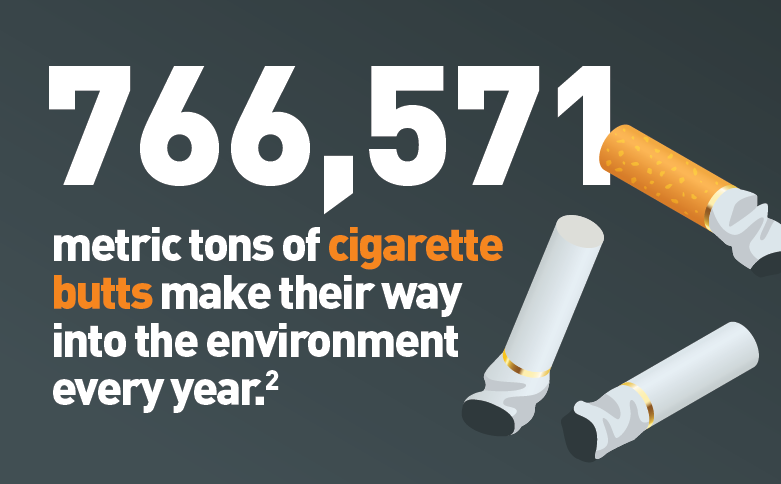The environmental impact of e-cigarette waste compared to traditional cigarette waste requires precise assessment. When analyzing the equivalence for 1000 puffs from a standard disposable e-cigarette, the waste correlates to smoking approximately 20 traditional cigarettes.
E-Cigarette Waste for 1000 Puffs
A disposable e-cigarette device designed for 1000 puffs typically contains 1-2ml of e-liquid and components such as plastic casing, a lithium-ion battery, and electronics. This results in about 10-20 grams of total waste per device. Improper disposal poses risks, including battery explosions and chemical leaching.

Equivalent Traditional Cigarette Waste
Smoking 20 cigarettes generates waste comparable to that of a 1000-puff e-cigarette. Key waste components include:
- 20 cigarette filters: Each filter contains cellulose acetate plastic, taking over a decade to decompose, contributing to microplastic pollution.
- Packaging materials: Paper, foil, and cellophane from one pack of cigarettes, adding about 10-15 grams of waste.
- Ashes and tobacco residue: Approximately 5-10 grams of organic waste, often containing toxic chemicals like heavy metals.
In total, the waste from 20 cigarettes averages 15-25 grams, primarily dominated by persistent plastic from filters.
Comparative Environmental Impact
While e-cigarette waste from 1000 puffs may have lower volume than the equivalent cigarette waste, it introduces distinct hazards. E-cigarette batteries can cause fires in landfills, and their plastic components release toxins over time. Cigarette butts are the most littered item globally, contaminating soil and waterways with nicotine and carcinogens. Recycling or proper e-waste handling for e-cigarettes reduces impact, but both contribute significantly to pollution when mismanaged.










